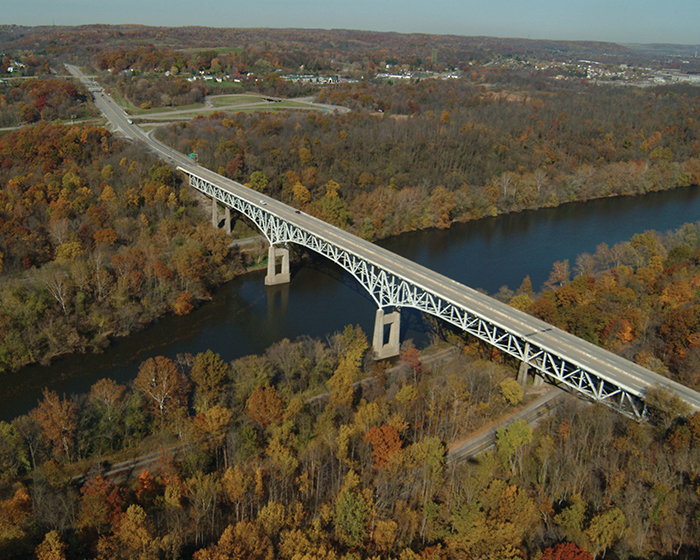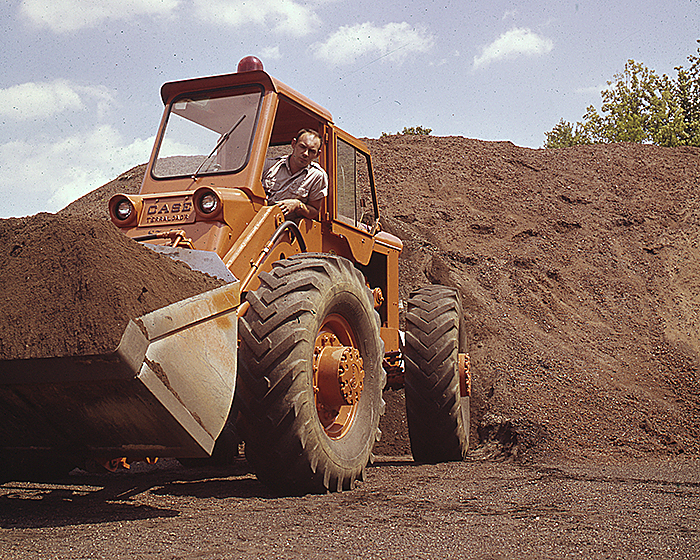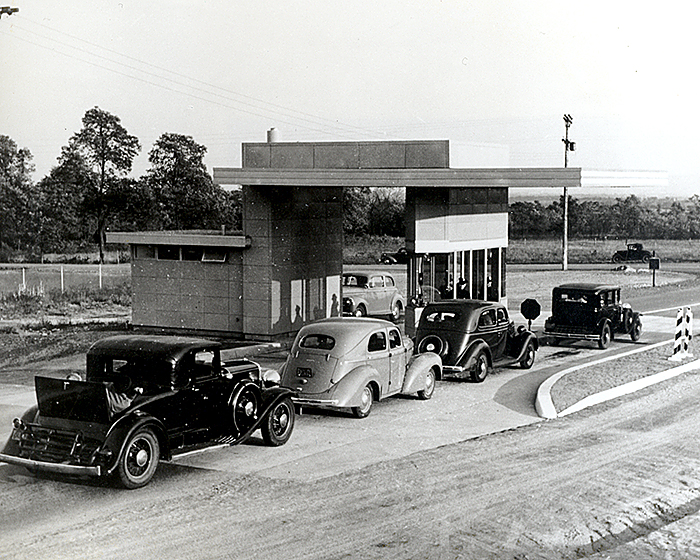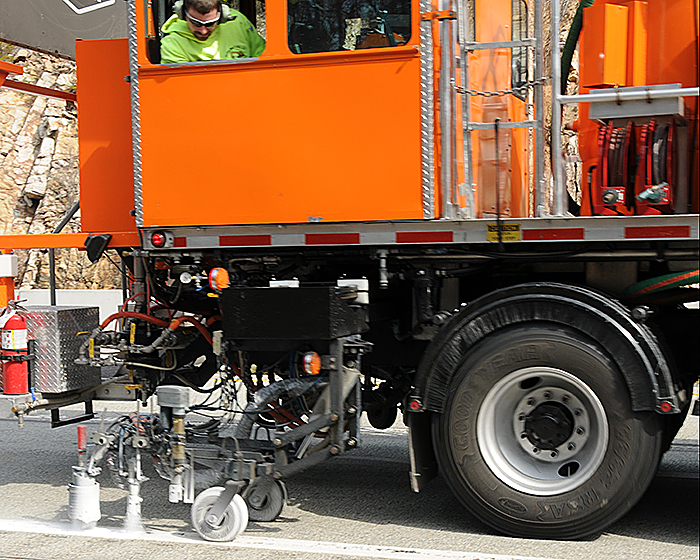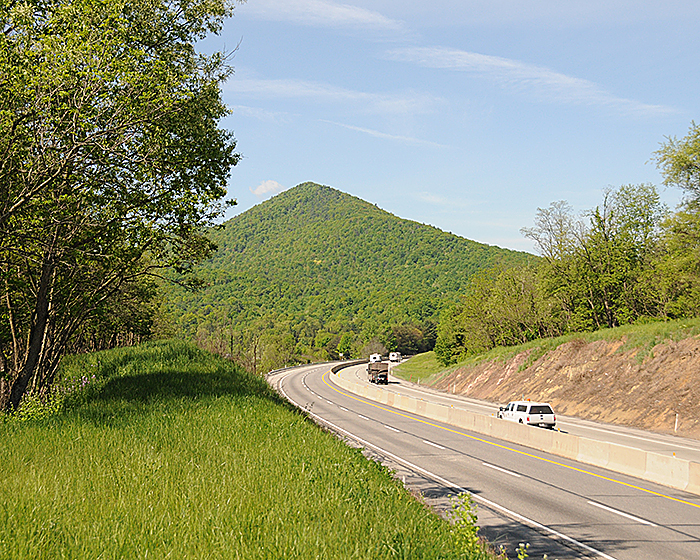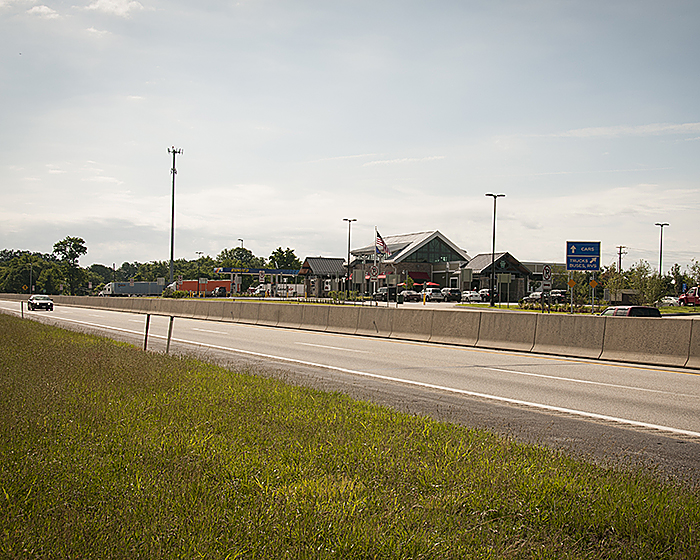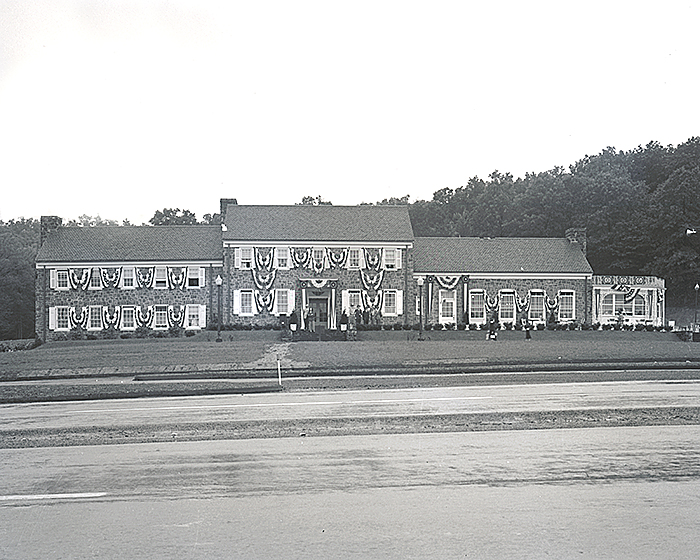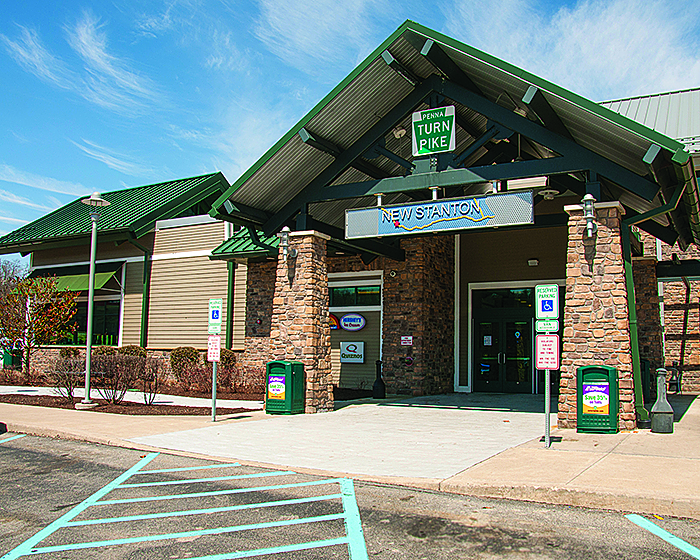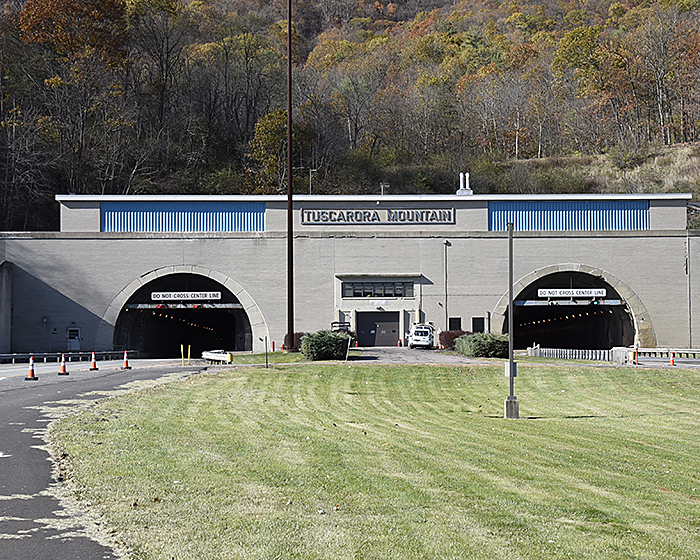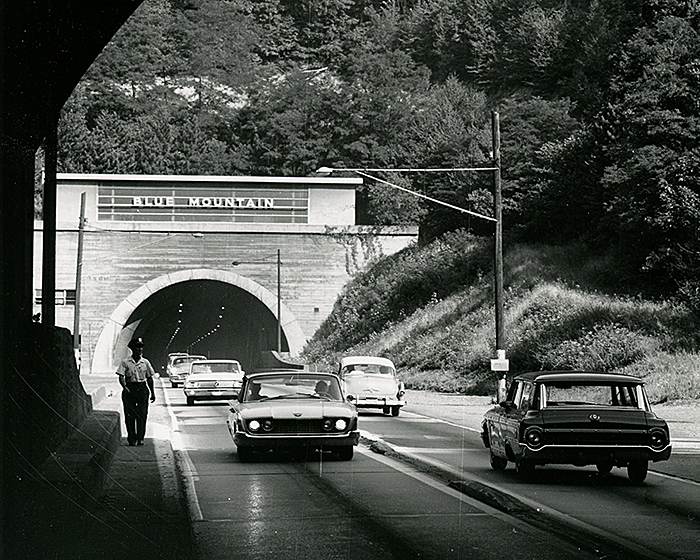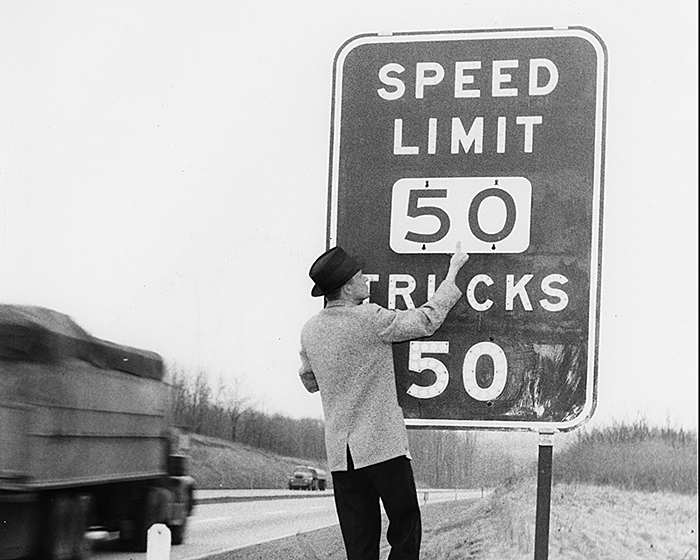Bridges
Crossing over rivers, roads, railroad tracks and more, the many bridges on the PA Turnpike are engineering marvels that keep our highway connected. From concrete segmental to steel girders, the 1160 bridges across the system are invaluable structures tasked with carrying the weight of thousands of vehicles over many years through all weather conditions.

